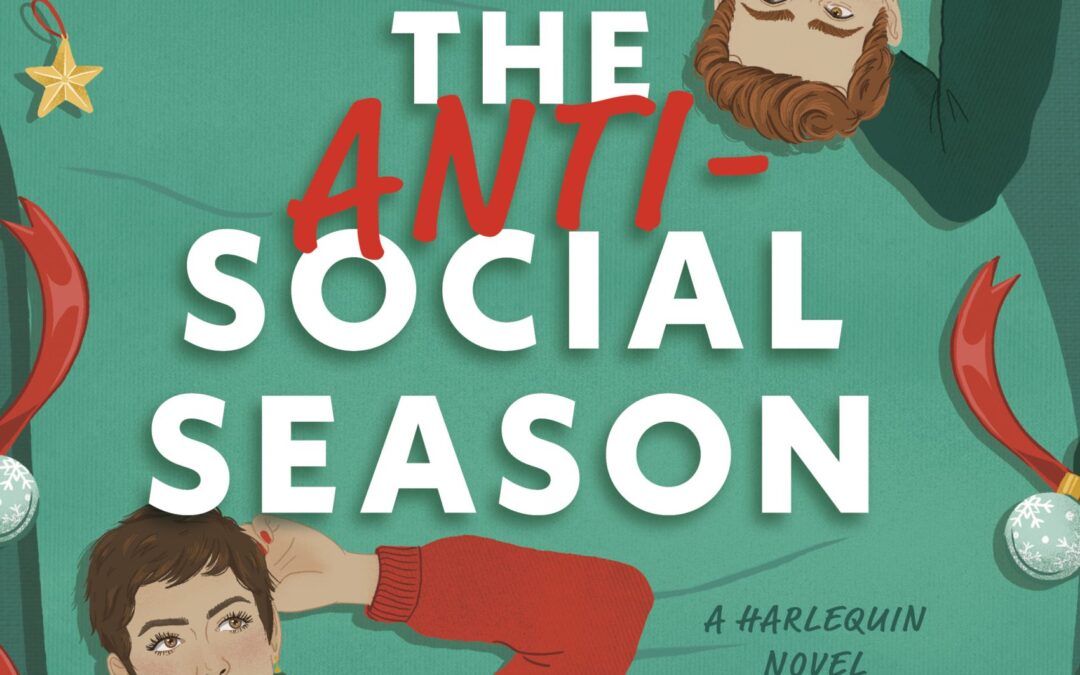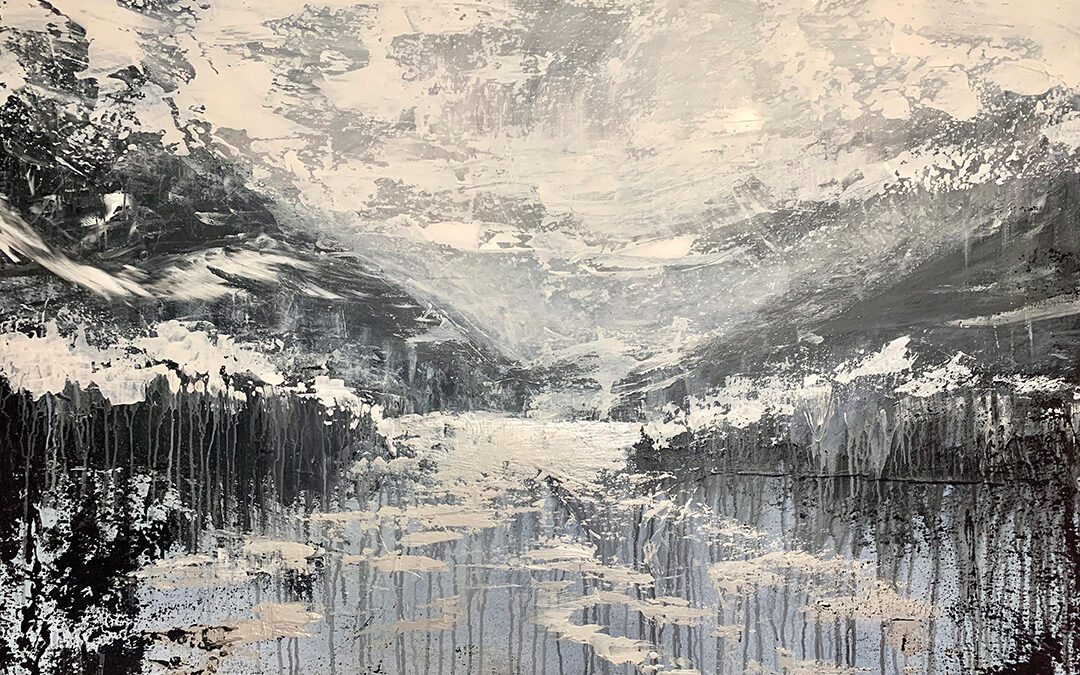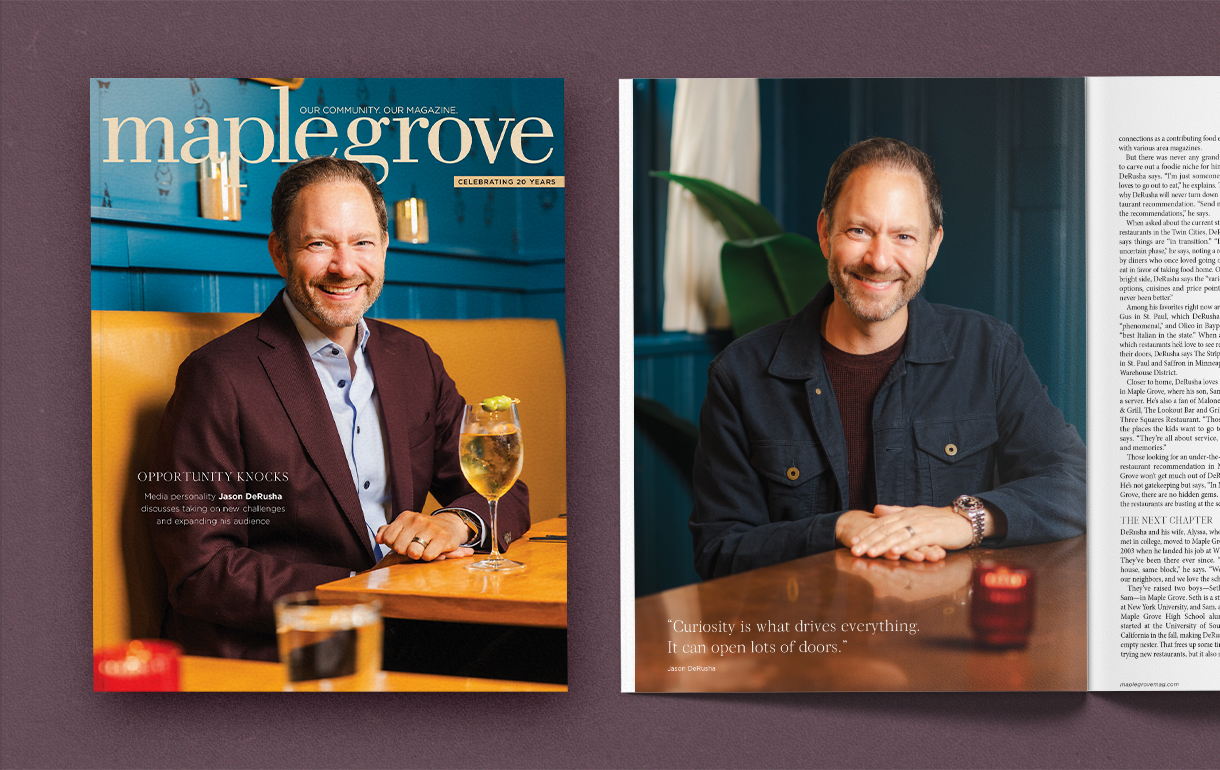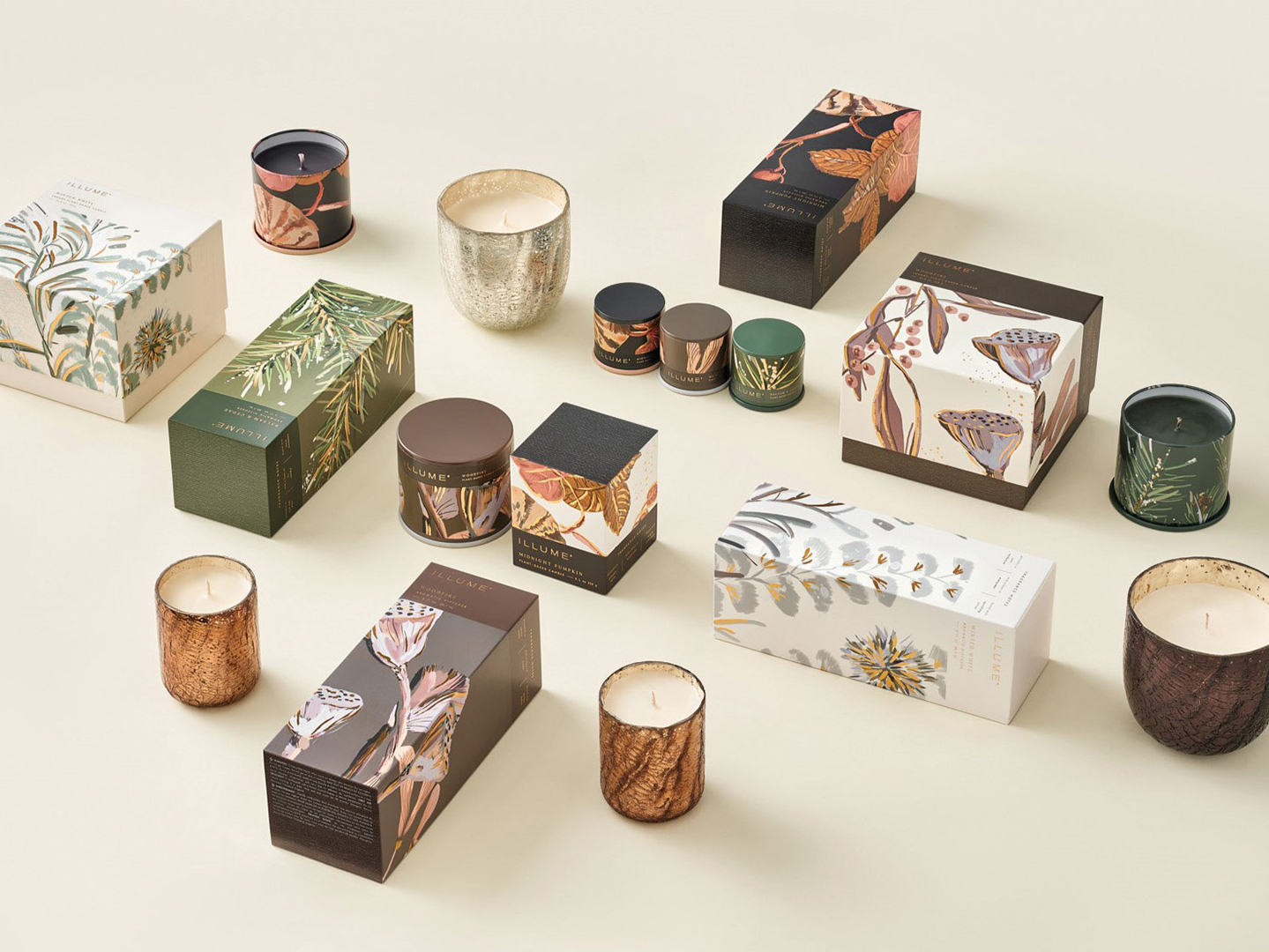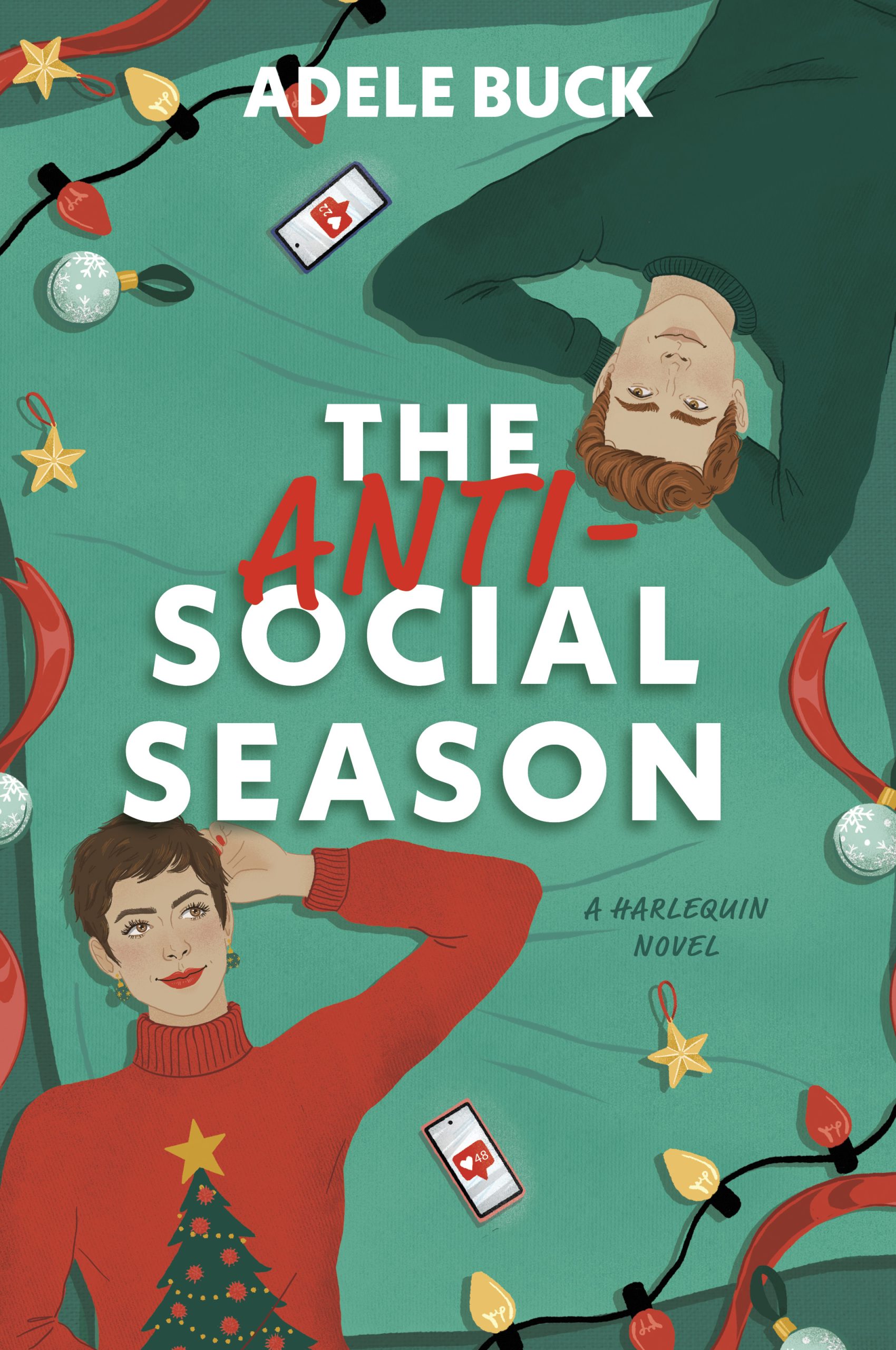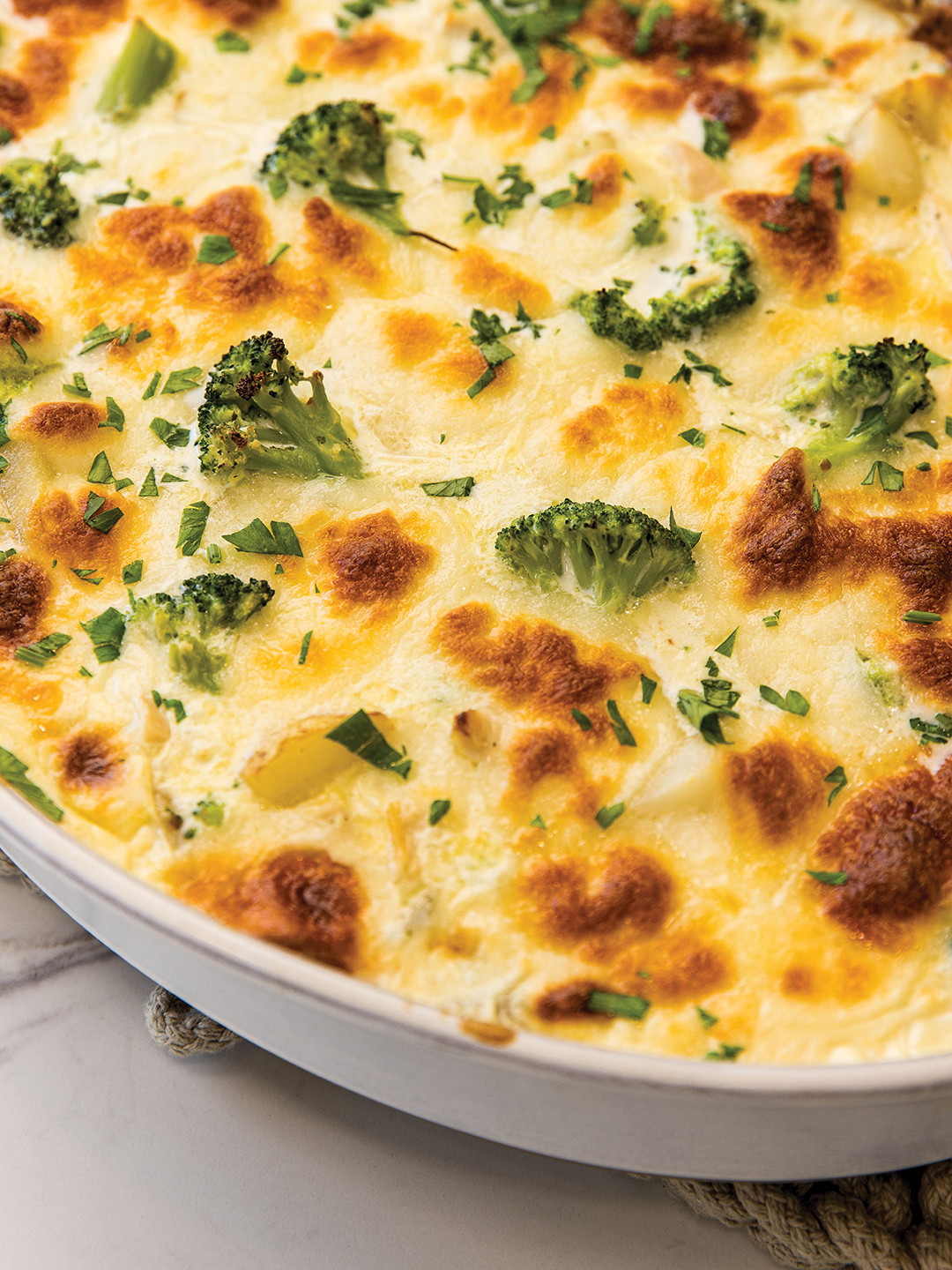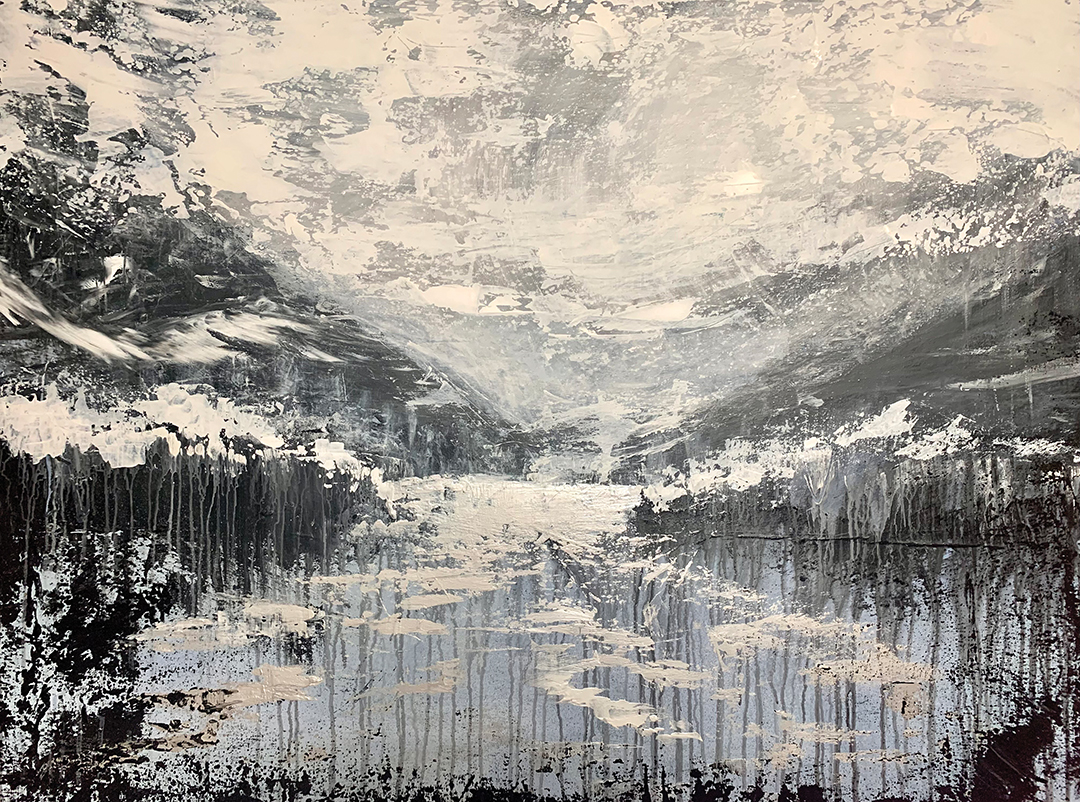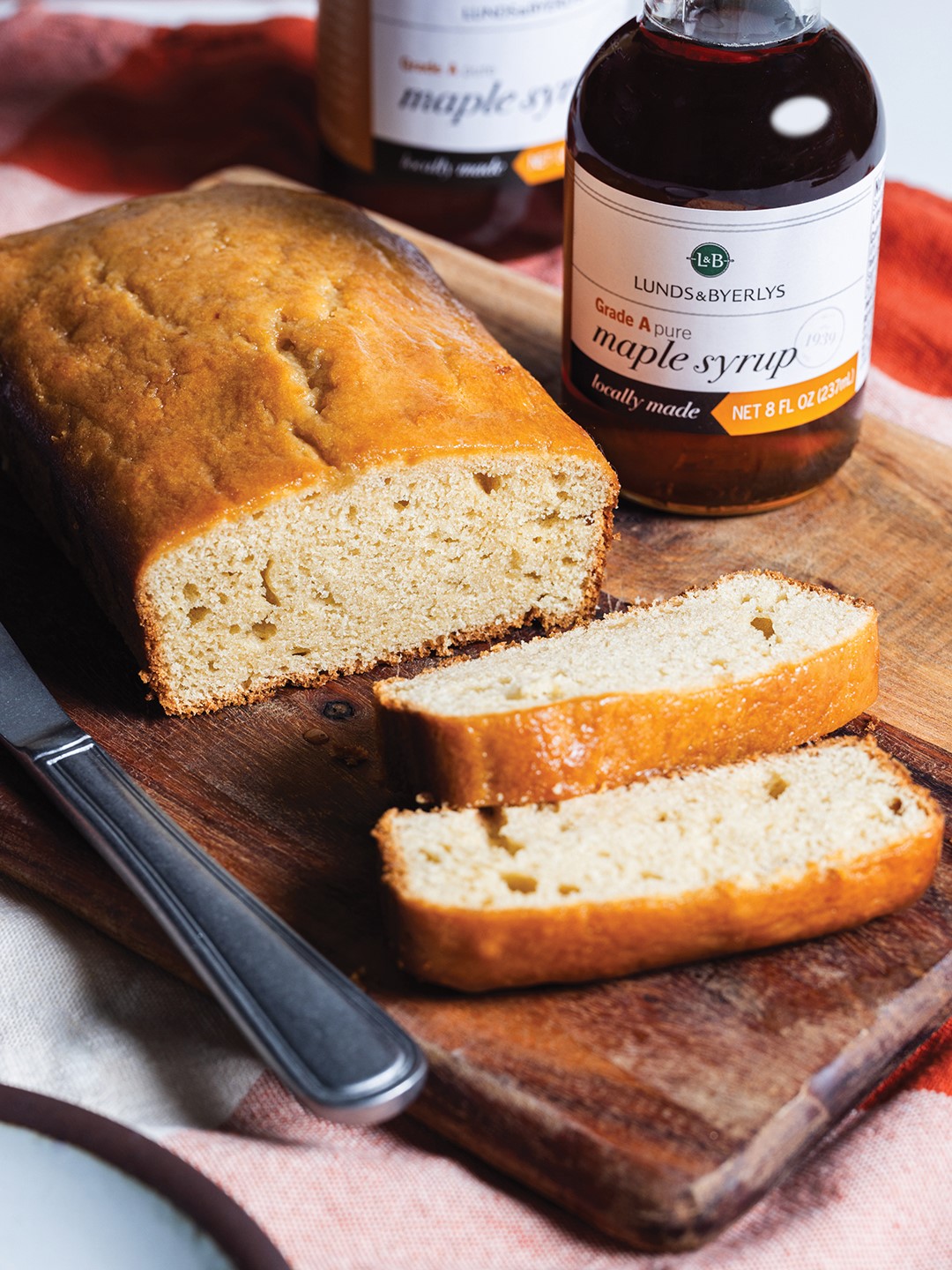
Photos: Rachel Nadeau
Traditional folk art finds expression in the hands of local man.
Living among the influence of Minnesota’s Scandinavian heritage, we hear about lefsa and lutefisk, and may even have exclaimed, “Uff da!” during a chaotic moment, but we don’t often see the popular folk art of some of our area’s ancestors. Robert Munson is one of countless Norwegian-Americans who is reclaiming his heritage by keeping alive the traditional art of rosemaling.
Munson paints in the Telemark style of rosemaling and studied with American and Norwegian artists. “I’ve been fortunate to have some of the best rosemalers as teachers over the years,” explains Munson. Now, at age 76, he considers himself a hobby painter.

He began 22 years ago with a toy chest for his son and has since entered a new piece at the Minnesota State Fair each year, “mostly to get feedback,” he says. Twenty-five ribbons later, some of his favorite pieces were created to celebrate his wedding anniversaries, including a Swedish Moraklokka (seven-foot tall grandfather clock), a museum replica corner cabinet and a 30-inch, round table for his 50th, replete with “a hymn in Norwegian painted on it that was sung at our wedding,” Munson adds.
Original rosemaling painters in the old country were considered more craftsmen, painting ordinary objects. Emigrants brought these objects with them to North America. Everything from large chests to simple wooden bowls carried a beautifully decorated heritage, passed from generation to generation as heirlooms.
Munson’s Norwegian heritage is never far from his mind. Both he and his wife graduated from St. Olaf College. Double majors in sociology and psychology launched his career as a social worker. (He was honored as a Distinguished Alumni for his work with international families in New York following 9/11 as director of emergency services on the Red Cross international disaster response team in Minneapolis.) And, a double minor in religion and art served as foundation for a rewarding avocation with a paintbrush.
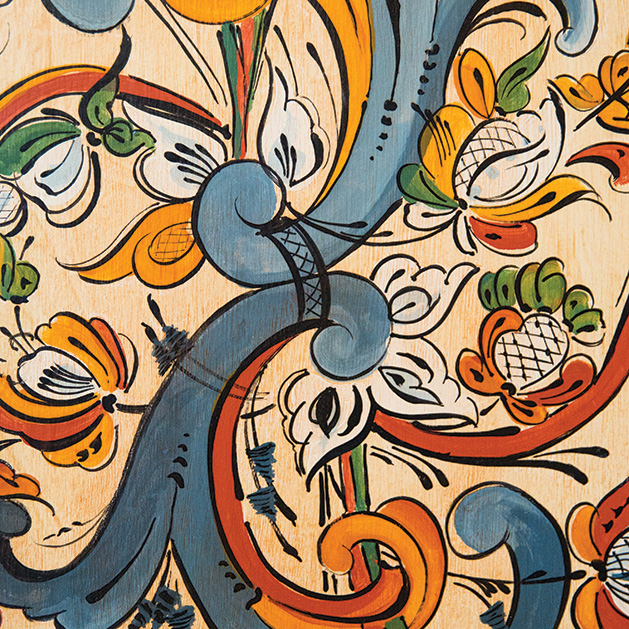
“I am not as active in the art community as I used to be,” he says, but age hasn’t kept him from one or more projects a year, exhibiting in local galleries, contributing his work to St. Olaf and taking part in rosemalers’ association competitions.
Will Munson enter the State Fair next year? You betcha! Last fall, he completed a door crown as a gift for friends and a vase for his son’s wedding.
What is it?
Rosemaling (“rose painting” or “decorative painting”) is a traditional folk painting developed in the 1700s in the valleys of Norway. The three main styles are Telemark, Hallingdal and Rogaland, named for the regions where they formed. The painters were often poor and traveled between counties, painting churches, rooms in houses and furniture. While the original style focused on flower motifs and geometric shapes, artists also incorporated people and animals, landscapes and biblical scenes. The origins of rosemaling motifs stem from earlier European decorative painting, but local variations developed uniquely in Norway’s isolated rural communities.

